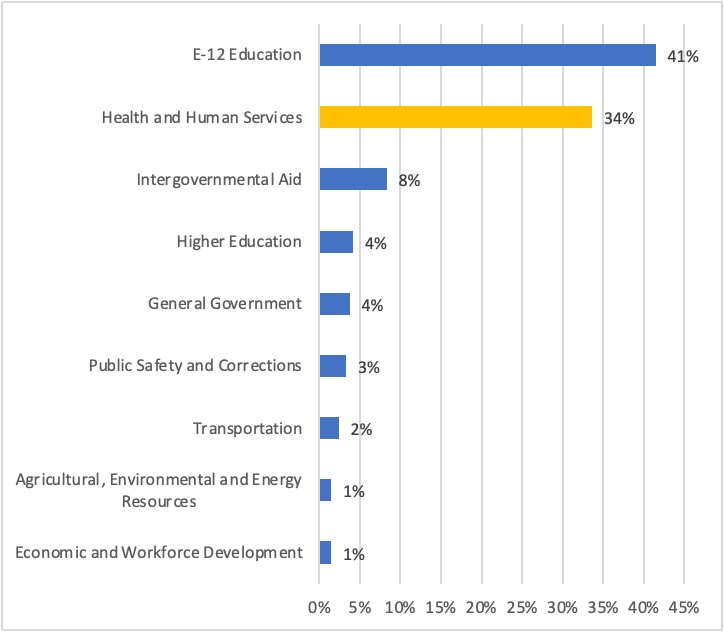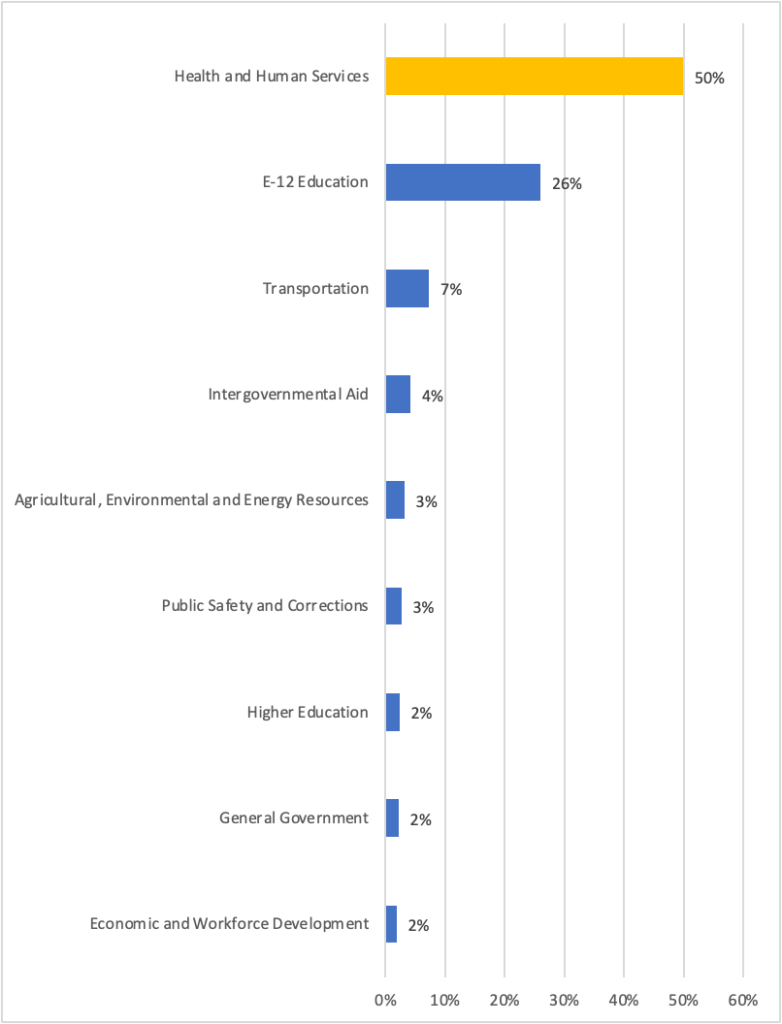Why Walz shouldn’t give the DHS more money, part one
In his multi-billion spending proposal, Gov. Tim Walz wants to give the Department of Human Services about $3 billion more in spending for the next two biennia. The majority of that spending — about two billion dollars will take place in the 2026-27 biennium.
Walz has emphasized time and again that the $17.6 billion surplus is a chance for the state government to invest in Minnesotans and reduce costs for Minnesotans, especially those less fortunate. But is giving more money to the DHS a good idea? And will it improve lives for Minnesotans?
Likely not. As I explain in this two-part series, the DHS already takes up a huge chunk of the state budget. Giving the agency more money would put pressure on other services, especially in times of scarce resources. But apart from that, Minnesota also already spends significantly higher than most states on programs that are administered by the DHS — also known as public welfare. More spending, as I explain in part 2, would not alleviate the problems being tackled.
The DHS already takes a huge chunk of the state budget
According to the Minnesota Management and Budget (MMB), in the 2022 fiscal year, the Minnesota government spent a total of $24.19 billion in general funds. Out of that, $8.13 billion — or a little over a third — went to Health and Human Services. Health and Human Services was the second biggest expenditure after E-12 education.
Figure 1: General fund expenditures by function, 2022

And when federal funds are accounted for, Health and Human Services take an even bigger chunk of the budget. In the 2022 FY, the state government spent $47 billion — when federal and other funds are accounted for. Half of that — or $23.6 billion — went to Health and Human Services.
Figure 2: Total state expenditure by function, 2022

The Department of Health, however, has a smaller budget compared to the Department of Human Services. In the 2022-2023 biennium, for example, the department of Health’s total expenditure was estimated to be $2.72 billion — or about $1.36 billion if divided equally between the two years. This means that about 95 percent of all spending that goes to Health and Human Services actually goes to the Department of Human Services alone.
Not only does the DHS take a huge chunk of the state budget, but its share of the budget has also grown tremendously historically. In 2002, for example, Health and Human Services only took up 8 percent of general funds and just 12 percent of all spending. But in 2022, the numbers were 34 percent and 50 percent respectively.
With endless wants, but scarce resources, giving more money to DHS means there will be pressure on other — even more vital — government services. This will spell trouble for the state government, especially in times of scarce government funds.